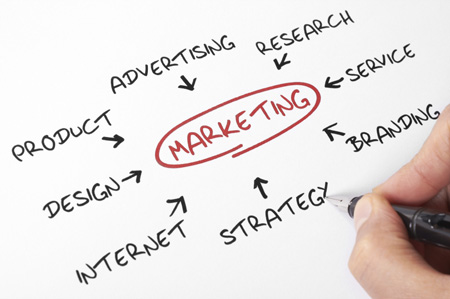

 According to Google, 97 percent of consumers search for local businesses online. This equates to 2.2 billion local searches. How does your business appear when a consumer Google’s you, your business, product or service? The first step is to have an online presence and the second step is to make sure you show up on relevant local online searches for your product or service.
According to Google, 97 percent of consumers search for local businesses online. This equates to 2.2 billion local searches. How does your business appear when a consumer Google’s you, your business, product or service? The first step is to have an online presence and the second step is to make sure you show up on relevant local online searches for your product or service.
An online presence is essential in today’s digital media age. Consumers search for information about products and services via recommendations and reviews. Consumers also want to be engaged with businesses, which makes social media and location check-in services like Foursquare and Facebook Places so important. Social media allows businesses to communicate directly with their customers and offer special deals to reward loyalty. It’s a means to make customers feel special and appreciated. This type of online marketing is not only effective, but also very measureable thanks to online analytics and social monitoring tools that can monitor traffic to your website.
Before your business can be found online, your business must be online. The first step is to create a content driven website that is frequently updated. A well-built, attractive website that allows you the option to easily and quickly add and update content will provide you the most online benefits. Your content should be relevant and key-word rich in terms that reflect your business, product or service.
The second step is to devise a strong online marketing plan, which includes search engine optimization, online advertising and social media marketing. But how do you begin?
Website
Your website should be organized, user-friendly, clear and concise navigation, search engine friendly and integrate a blog, social media and social sharing features. Frequently updated content and a site rich in key words related to your product or service are important components for showing up at the right place and the right time online.
Search Engine Optimization (SEO)
Search engine page ranks are determined based on natural results for your business, pay per click ads and local results. Organic listings are content that has to do with your business (i.e. blog posts, articles, press releases, media coverage, etc.). Pay-per-click ads are paid search engine listings that are listed first on a relevant search for your business. Local results are free profiles on sites such as Google Places, Bing Local, Yahoo Local and Yelp. Search engines use these online listings to verify your businesses’ location and therefore contribute to your business showing up in relevant searches in your area.
Social Marketing
Unlike traditional marketing efforts, social marketing is all about building relationships. Social media is not a tool for high pressure sales. Show your value by offering value. Encourage interaction with your fans by asking questions and soliciting their feedback. Make sure someone is monitoring your social media regularly and frequently so that questions and fan posts can be recognized and responded to in a timely manner. Create a monthly social media calendar that organizes valuable content and messages to share via your social media platforms. When you update your blog, make sure you link your post to your social media.
Location check-in sites are popular. Make sure you have an accurate listing on Foursquare and Facebook places and be sure to communicate promotions on these sites so that customers are aware when they “check-in” at your business.
While online marketing strategies are much less costly compared to traditional advertising, they do require an investment of time. This investment of time is well worth it as it allows your business to be in the right place at the right time online – when your customers are looking for what you have to offer.
